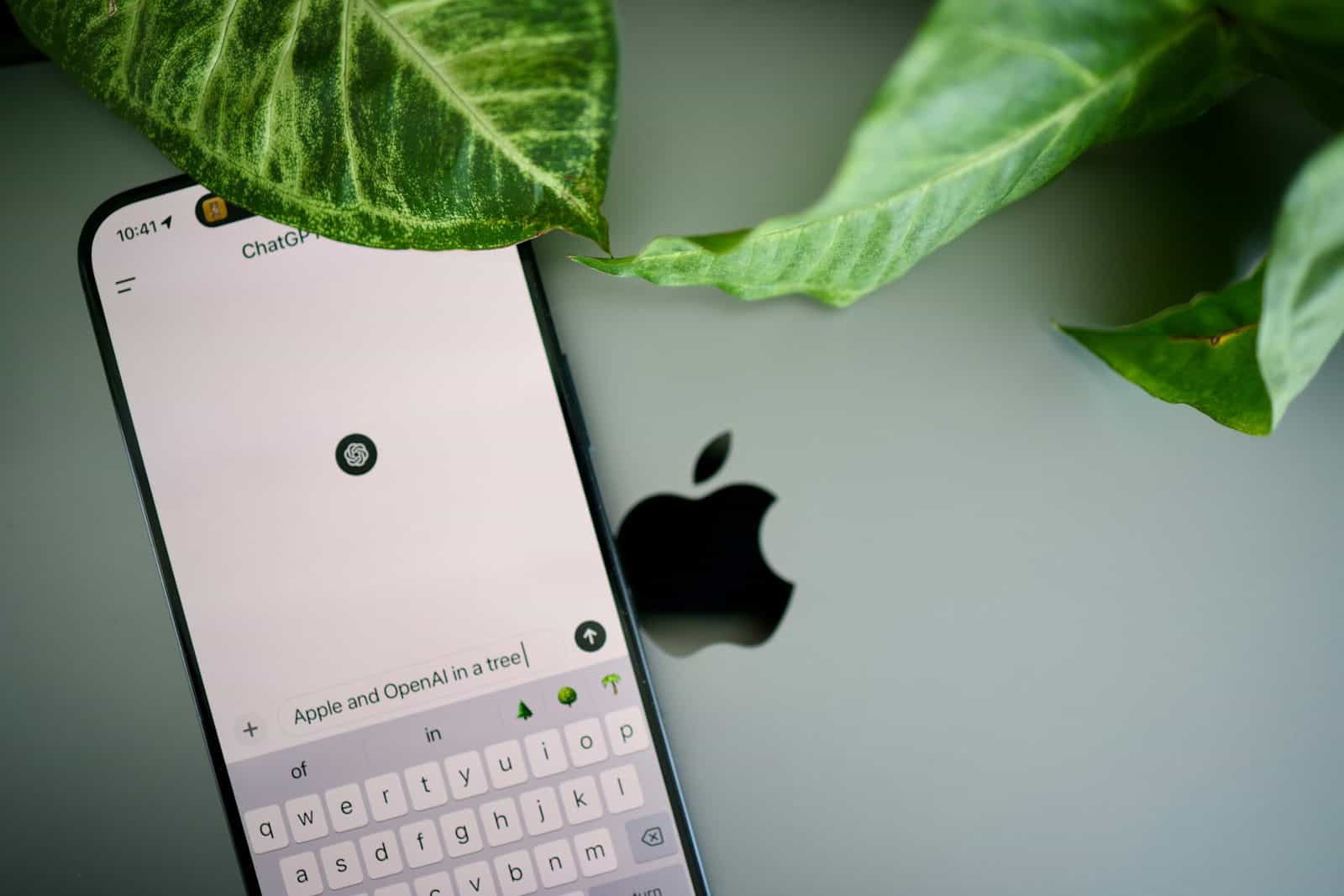As AI, chatbots, and LLMs become more integrated into our daily lives, it’s important to ensure that children can safely explore their capabilities and are protected from the potential harms and misuse that often accompany new technology. You can ensure a positive and educational AI experience for your child by using parental controls, setting clear expectations, and promoting critical thinking skills.Parents and caregivers often wonder how to make ChatGPT safe and engaging for their kids. Keeping ChatGPT kid-friendly involves setting guidelines and supervising children while they use it.
This helps turn the chatbot into an enjoyable and educational companion. Involving kids in interactive and creative activities can make their time with ChatGPT productive. They can ask questions, get informative answers, and even receive suggestions for craft projects or outdoor activities. The key is to make the interaction enjoyable and enriching. Another way to keep ChatGPT kid-friendly is by ensuring that the replies are suitable for a younger audience. Encouraging kids to explore various topics under the watchful eyes of their parents can create a safe and educational experience.
Is ChatGPT safe for all ages?
According to ChatGPT’s help page, ChatGPT is not intended for children under 13. For children between the ages of 13 and 18, parental consent is required to use ChatGPT. They have taken steps to minimize the generation of inappropriate content, but ChatGPT may still produce outputs that are not suitable for all audiences or all ages.
Educators should be cautious when using ChatGPT with students or in classroom settings. They recommend being careful with children’s exposure to ChatGPT, even for those who meet the age requirements. If you are using ChatGPT in an educational context for children under 13, a responsible adult must be the one interacting with ChatGPT.
Ensuring Safe AI Interactions for Your Kids
Utilize Built-In Safety Features
ChatGPT offers several built-in safety features designed to filter out harmful or inappropriate content. However, these filters aren’t perfect. Monitor your child’s interactions and adjust the settings as needed. Encourage them to ask you if they come across anything confusing or upsetting.
Set Clear Rules and Boundaries
Establish clear rules for your child’s ChatGPT use, such as time limits and topics they can discuss. Explain the importance of online safety and responsible AI interaction. Make sure they understand that not everything ChatGPT says is accurate or reliable.
Supervise and Engage
Actively supervise your child’s ChatGPT use, especially when they’re first starting. Ask them about their conversations and discuss what they’ve learned. This helps you monitor the content and guide their understanding.
Choose Age-Appropriate Platforms
Several kid-friendly ChatGPT platforms are available, designed specifically for younger audiences. These platforms often have stricter content filters and offer educational features.
Teach Critical Thinking
Encourage your child to think critically about the information they receive from ChatGPT. Help them identify potential biases, inaccuracies, or misinformation.
Table: Kid-Friendly ChatGPT Platforms
| Platform | Features | Age Range |
|---|---|---|
| Kids ChatGPT | Safe browsing, educational content, voice-to-text | Ages 5-12 |
| PinwheelGPT | Content filters, parental controls, chat monitoring | All ages |
| Khan Academy | Personalized learning, AI-powered tutor | All ages |
| Socratic by Google | Homework help, AI-powered explanations | Teens and adults |
Additional Tips
- Explain to your child that ChatGPT is not a human and doesn’t have feelings.
- Encourage your child to use ChatGPT for learning and creativity.
- Be open to discussing any concerns your child has about AI.
- Stay informed about the latest developments in AI and how they might affect your child.
Key Takeaways
- Set guidelines and supervise your child’s use of ChatGPT.
- Incorporate interactive and creative activities for a fun experience.
- Ensure replies are age-appropriate and informative.
Establishing a Kid-Friendly Environment with ChatGPT
Creating a safe and educational space for children to use ChatGPT involves understanding the basics of AI, ensuring safety, and fostering creativity and learning. Here are some key aspects to keep in mind.
Understanding ChatGPT and AI Basics
ChatGPT is an AI language model that can chat with users and answer questions. It uses patterns from data it has seen to generate responses. This technology helps kids learn by making information easy to understand.
Parents should explain to children that ChatGPT is a computer program and doesn’t think or feel. This helps them know that it’s just a tool for finding information. Knowing this basic idea means kids use it correctly and safely.
Safety Measures and Parental Involvement
Safety is very important. Always supervise children when they use ChatGPT. Make sure they don’t give out personal information like names, addresses, or phone numbers.
Parents can set up guidelines on what kind of questions kids can ask. It’s also a good idea to check the answers they get, making sure they are appropriate and correct.
Being involved in their use of ChatGPT not only keeps them safe but also helps them learn to use the tool wisely.
Nurturing Creativity and Learning through ChatGPT
ChatGPT can be a great friend in learning and creativity. It can help with homework, explain concepts in simple terms, and even tell stories. Kids can ask it to help with writing tasks or create fun storylines, improving their storytelling skills.
For creative uses, kids can ask ChatGPT to help them come up with new ideas for projects or even games. It makes learning more fun and interactive. ChatGPT can enrich their learning experience, making education enjoyable and engaging.
Frequently Asked Questions
This section provides clear and concise answers to common questions about making ChatGPT safe for kids. It focuses on practical steps for parents and caregivers to ensure a secure experience.
What measures can be taken to ensure ChatGPT is safe for children?
Parents should set up parental controls and supervision. Encourage using the chatbot in a shared space where adults can monitor conversations. Teach children not to share personal information.
What are the age restrictions for using ChatGPT?
Many platforms suggest users should be 13 years old and above due to data privacy regulations. Apps for younger kids should follow age-appropriate guidelines and approvals.
How can parents monitor their children’s interactions with ChatGPT?
Parents can review chat logs if the platform allows this feature. Discuss what kids are asking and learning from ChatGPT. Set rules about the types of questions that are appropriate.
Are there any child-friendly versions of ChatGPT available for free?
Some websites and apps offer child-friendly versions of AI chatbots. These variants often have stricter safety features and more educational content tailored for kids.
How can I introduce my child to artificial intelligence responsibly?
Explain what AI is in simple terms. Emphasize its benefits for learning and creativity. Set clear guidelines for usage and make sure they understand the importance of privacy.
What are the best practices for children using character-based AI platforms?
Encourage children to use character-based AI platforms in moderated or guided sessions. Choose platforms with strong safety protocols. Make sure the content is educational and suitable for their age group.





